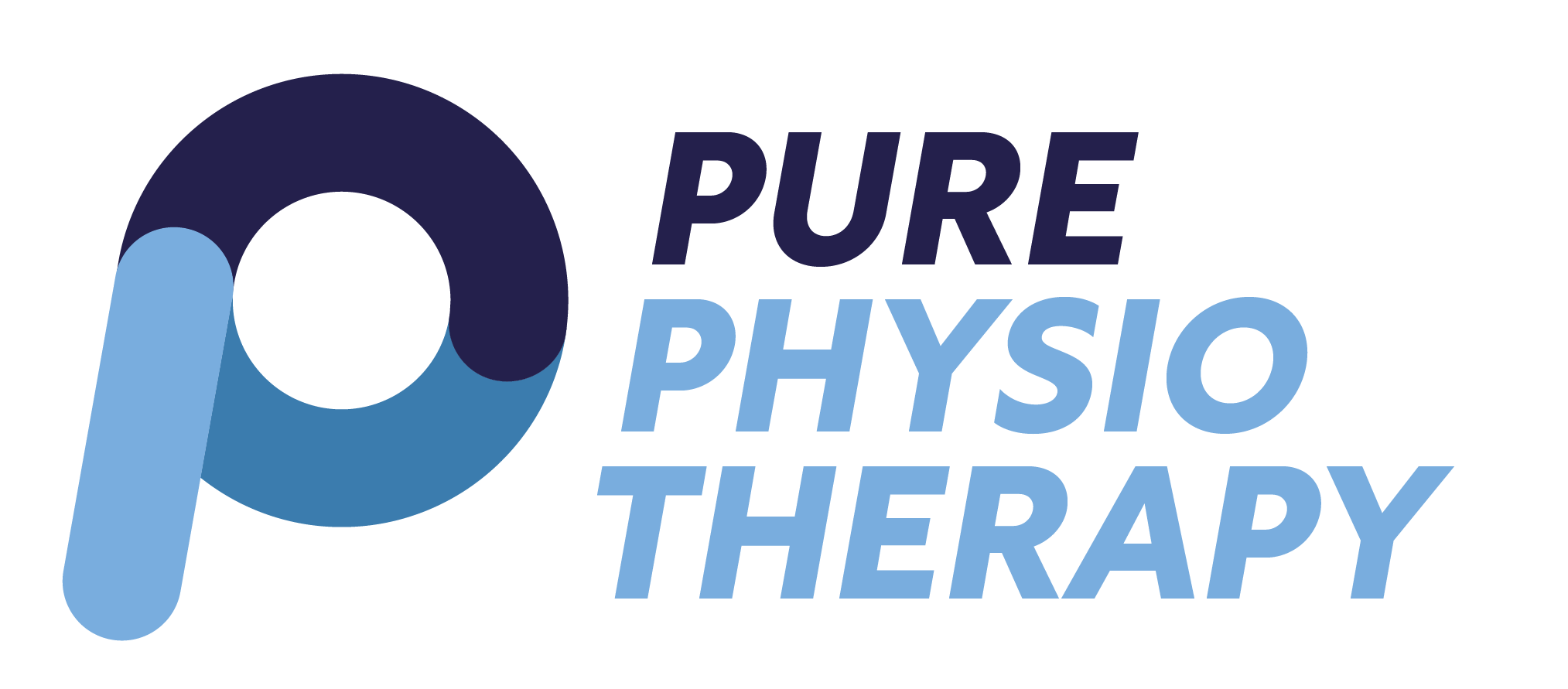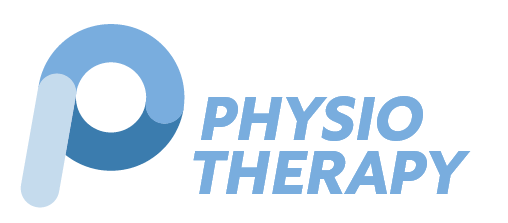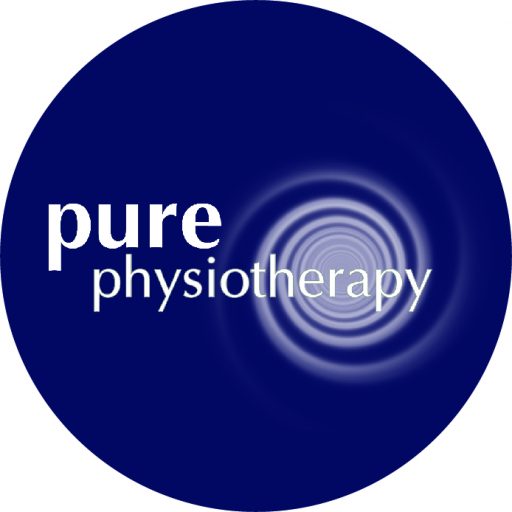Having a child can be an amazing experience for both men and women. However, for some people pregnancy and childbirth bring considerable stresses on their bodies and mental health (4,7,8). Many different elements can be affected due to the changes in posture, biomechanics (the way we move), hormones and of course, the most obvious-an increase in body weight (8). The back, pelvis, hips, and pelvic floor take a large amount of strain during and after pregnancy which can continue to affect the woman after childbirth (1,5).
A vast body of evidence suggests that doing moderate exercises, that the parent-to-be is familiar with, is important in all stages of pregnancy (5,13,11,6). These forms of exercise can be general like swimming and walking but should also include specific such as pelvic floor muscle exercises (10,12).


The pelvic floor can receive considerable strain in the antenatal (pre-birth) and post-natal (post-birth) periods of pregnancy. Pregnancy hormones and the gradual weight gain, over a prolonged period, stretch muscle fibres making them weak (12). The pelvic floor is an important area and the muscles act as a kind of sling to prevent prolapse of internal organs. The muscles of the pelvic floor also prevent urinary and bowel leakage, aid delivery and are essential for a healthy sex life (11). The pelvic floor is a key area of our anatomy that most women are still reluctant to talk about, even when speaking directly to a health care professional, many women raise it as a secondary concern and generally when symptoms have become more severe (13,12,11). Studies have shown that, following childbirth, a staggering 50% of women have some degree of organ prolapse, with symptoms of bladder and bowel dysfunction (2). Some of the problems people experience in pregnancy and in the postnatal period are preventable with exercises and lifestyle guidance in the antenatal period (1,6,11).


Alongside general exercise, specific pelvic floor exercises is useful to maintain strength and improve incontinence. Common types of incontinence after pregnancy include stress incontinence (SI), leaking when intrabdominal pressure is increased typically by coughing, sneezing, lifting, jumping. The second type is urge incontinence (UI) which is when you are unable to control the need to go to the toilet (2,1,11). A specialist Physiotherapist or Doctor can assess you and advise you on what exercises are the best to perform, assistance form the continence team can also be very useful. They can offer bladder retraining and encourage the use of bladder diaries to aid management.
Having a caesarean section can just as likely lead to pelvic floor dysfunction, the pregnancy can increase pressure on the pelvic floor not necessarily just the mode of delivery. So, despite the method of delivery, exercises in pregnancy are just as important to prevent any issues-physically and mentally further down the line (9,11,14).


Alongside the common problems with continence that come about due to weakening of the pelvic floor muscles, women can also develop back, hip, and pelvic girdle pain (1). The pelvic floor muscles work with the lower back, abdominal and diaphragm muscle groups to provide dynamic trunk movements (9,7, 14). Back, pelvic and hip pain are frequently reported during pregnancy and can range from a mild ache to debilitating pain. If not addressed during pregnancy problems could continue (1,7, 14). Frustratingly sometimes these pains are shrugged off, just like the pelvic floor problems.

In brief, a woman’s posture changes considerably during pregnancy. The increase of weight around the abdomen causes the lower back to arc. Changes at the pelvis area may also occur, depending on how the baby lies and how well the woman’s pelvis can cope with the weight of the baby and growing uterus. Growing breasts can cause the upper back to lean forwards, this may cause the upper back to become sore and stiff. Women’s bodies are designed to take this extra strain so most women will breeze through pregnancy with no pain at all; however, staying fit, healthy, and active will keep you in good standing for an effective delivery, faster post-natal recovery and therefore improved quality of life going forwards (2, 3,10, 14, 15).
Trying to do some form of exercise during pregnancy like walking, swimming, yoga, and Pilates are all excellent and safe activities to do alongside your pelvic floor exercises. The latter two also focus on breathing control which will help during delivery and has been shown to aid muscle recruitment around the pelvis (9). Pilates exercises using resistance bands can help with posture control and strength as the body changes through pregnancy. If you are unfortunate enough to experience pain that is severe during pregnancy or you are getting ongoing issues following birth then you may need to see a Physiotherapist for more specific advice and phased rehabilitation. Many elements of being a Mum (feeding baby, lifting car seats, pushing a buggy, bathing baby) can be demanding on the body; doing the correct exercises can help to build resilience and keep you fit and strong, so that you can enjoy your new bundle of fun pain and symptom free.
References
- Aldabe, D., Lawrenson, P., Sullivan, J., Hyland, G., Bussey, M., Hammer, N., Bryant, K. and Woodley, S., 2021. Management of women with pregnancy-related pelvic girdle pain: an international Delphi study. Physiotherapy.
- Allon, E.F., 2019. The role of neuromuscular electrical stimulation in the rehabilitation of the pelvic floor muscles. British Journal of Nursing, 28(15), pp.968-974.
- Brockwell E, Donnelly G, Goom T (2019) Returning to running postnatal – guidelines for medical, health and fitness professionals managing this population.
- Donnelly G et al. (2019) Infographic. Guidance for medical, health and fitness professionals to support women in returning to running post-natally. [https://bjsm.bmj.com/content/54/18/1114]
- Hides, J.A., Donelson, R., Lee, D., Prather, H., Sahrmann, S.A. and Hodges, P.W., 2019. Convergence and divergence of exercise-based approaches that incorporate motor control for the management of low back pain. journal of orthopaedic & sports physical therapy, 49(6), pp.437-452.
- Hodges, P.W., Cholewicki, J., Popovich Jr, J.M., Lee, A.S., Aminpour, P., Gray, S.A., Cibulka, M.T., Cusi, M., Degenhardt, B.F., Fryer, G. and Gutke, A., 2019. Building a collaborative model of sacroiliac joint dysfunction and pelvic girdle pain to understand the diverse perspectives of experts. PM&R, 11, pp.S11-S23.
- Hui Fei, Yun Liu, Mengxiong Li, Juan He, Lixiang Liu, Juanhua Li, Ying Wan, and Tian Li (Feb 2021) BMC Womens Health. The relationship of severity in diastasis recti abdominis and pelvic floor dysfunction: a retrospective cohort study.
- Lee, D. and Hodges, P.W., 2016. Behavior of the linea alba during a curl-up task in diastasis rectus abdominis: an observational study. journal of orthopaedic & sports physical therapy, 46(7), pp.580-589.
- Maxwell, M., Semple, K., Wane, S., Elders, A., Duncan, E., Abhyankar, P., Wilkinson, J., Tincello, D., Calveley, E., MacFarlane, M. and McClurg, D., 2017. PROPEL: implementation of an evidence based pelvic floor muscle training intervention for women with pelvic organ prolapse: a realist evaluation and outcomes study protocol. BMC health services research, 17(1), pp.1-10.
- National Institiute of Clinical Excellence (NICE) Guideline scope: Pelvic floor dysfunction: prevention and non-surgical management. [https://www.nice.org.uk/guidance/indevelopment/gid-ng10123]
- Newman, D.K. and Richter, H.E., 2021. Stress Urinary Incontinence and Pelvic Organ Prolapse: Nonsurgical Management. Walters & Karram Urogynecology and Reconstructive Pelvic Surgery-E-Book, p.226.
- Reed, P., Mann, K. and Osborne, L.A., 2020. Pelvic floor muscle training services across the UK (United Kingdom): a benchmarking survey of POGP members. J Pelvic Obstetr Gynaecol Physiotherapy, 126(Spring), pp.49-57.
- Swift S.E. The distribution of pelvic organ support in a population of female subjects seen for routine gynecologic health care. Am. J. Obstet. Gynecol. 2000;183:277–285.
- Gutke A, Ostgaard HC, Oberg B. Predicting persistent pregnancy-related low back pain. Spine 2008 May 20;33(12):E386-93
- Matsuda N, Kitagaki K, Perrein E, Tsuboi Y, et al. Association Between Excessive Weight Gain During Pregnancy and Persistent Low Back and Pelvic Pain After Delivery. Spine 2020 Mar 1;45(5):319-324.









